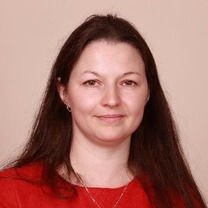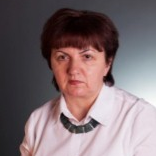Environmentally-Friendly Materials in Wastewater Treatment
A special issue of Materials (ISSN 1996-1944). This special issue belongs to the section "Green Materials".
Deadline for manuscript submissions: closed (10 July 2023) | Viewed by 20724
Special Issue Editors
Interests: neutron activation analysis; food quality; nanotoxicology; soil and water bioremediation
Special Issues, Collections and Topics in MDPI journals
Interests: wastewater treatment; acid mine drainage; heavy metal removal; sorption methods; environmental impact assessment
Special Issues, Collections and Topics in MDPI journals
Special Issue Information
Dear Colleagues,
At present, thousands of tonnes of industrial and domestic wastewater are released in natural water bodies, contributing to their pollution with inorganic, organic, and radioactive compounds. Sorption is considered to be one of the most efficient wastewater treatment techniques. Every day, new sorbents are elaborated. At the same time, it is important to develop materials which meet several criteria, such as high removal efficiency, environmental safety, and multiple use.
This Special Issue will provide readers with up-to-date information on the recent progress in the application of environmentally friendly materials in wastewater purification.
Contributing papers are solicited in the following areas:
- Environmentally friendly materials in metals removal;
- Environmentally friendly materials in organic pollutants removal;
- Environmentally friendly materials in radionuclides removal;
- Environmentally friendly materials in complex wastewater treatment.
Dr. Inga Zinicovscaia
Dr. Magdalena Balintova
Guest Editors
Manuscript Submission Information
Manuscripts should be submitted online at www.mdpi.com by registering and logging in to this website. Once you are registered, click here to go to the submission form. Manuscripts can be submitted until the deadline. All submissions that pass pre-check are peer-reviewed. Accepted papers will be published continuously in the journal (as soon as accepted) and will be listed together on the special issue website. Research articles, review articles as well as short communications are invited. For planned papers, a title and short abstract (about 100 words) can be sent to the Editorial Office for announcement on this website.
Submitted manuscripts should not have been published previously, nor be under consideration for publication elsewhere (except conference proceedings papers). All manuscripts are thoroughly refereed through a single-blind peer-review process. A guide for authors and other relevant information for submission of manuscripts is available on the Instructions for Authors page. Materials is an international peer-reviewed open access semimonthly journal published by MDPI.
Please visit the Instructions for Authors page before submitting a manuscript. The Article Processing Charge (APC) for publication in this open access journal is 2600 CHF (Swiss Francs). Submitted papers should be well formatted and use good English. Authors may use MDPI's English editing service prior to publication or during author revisions.
Keywords
- metals
- organic pollutants
- radionuclides
- new materials
- analytical techniques
- bioremediation
- wastewater treatment
- industrial effluents
- domestic wastewater







